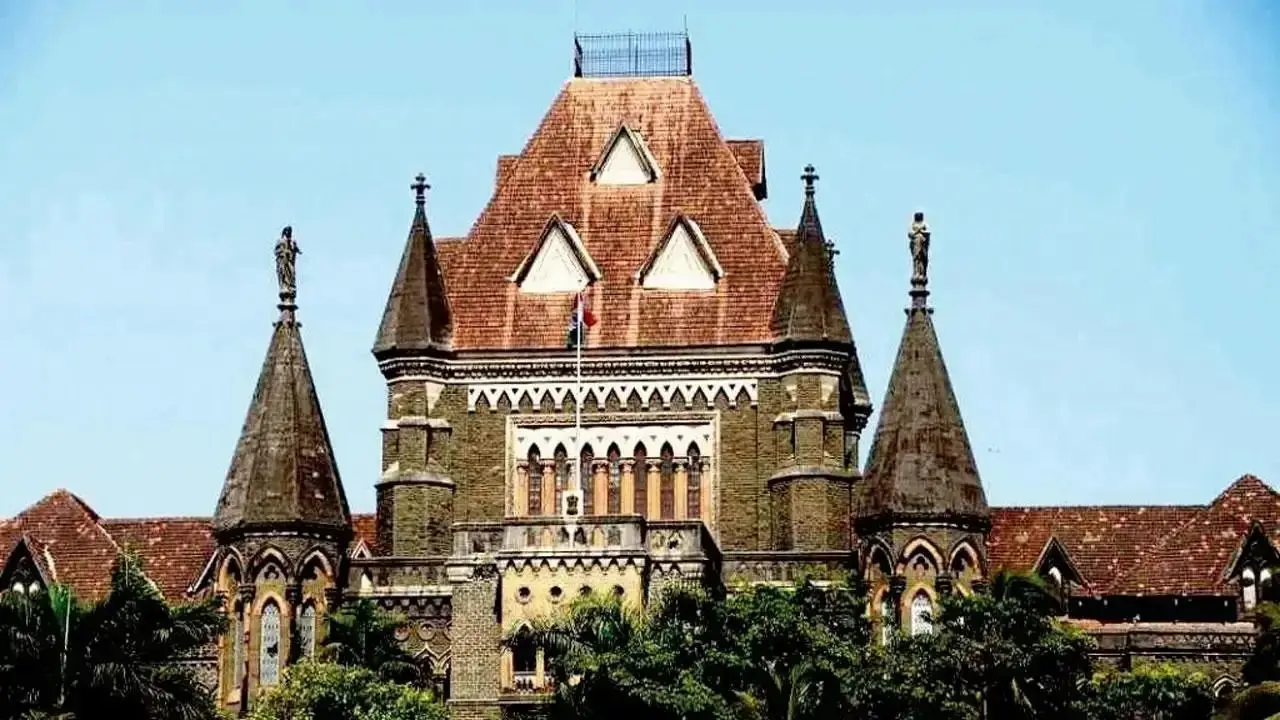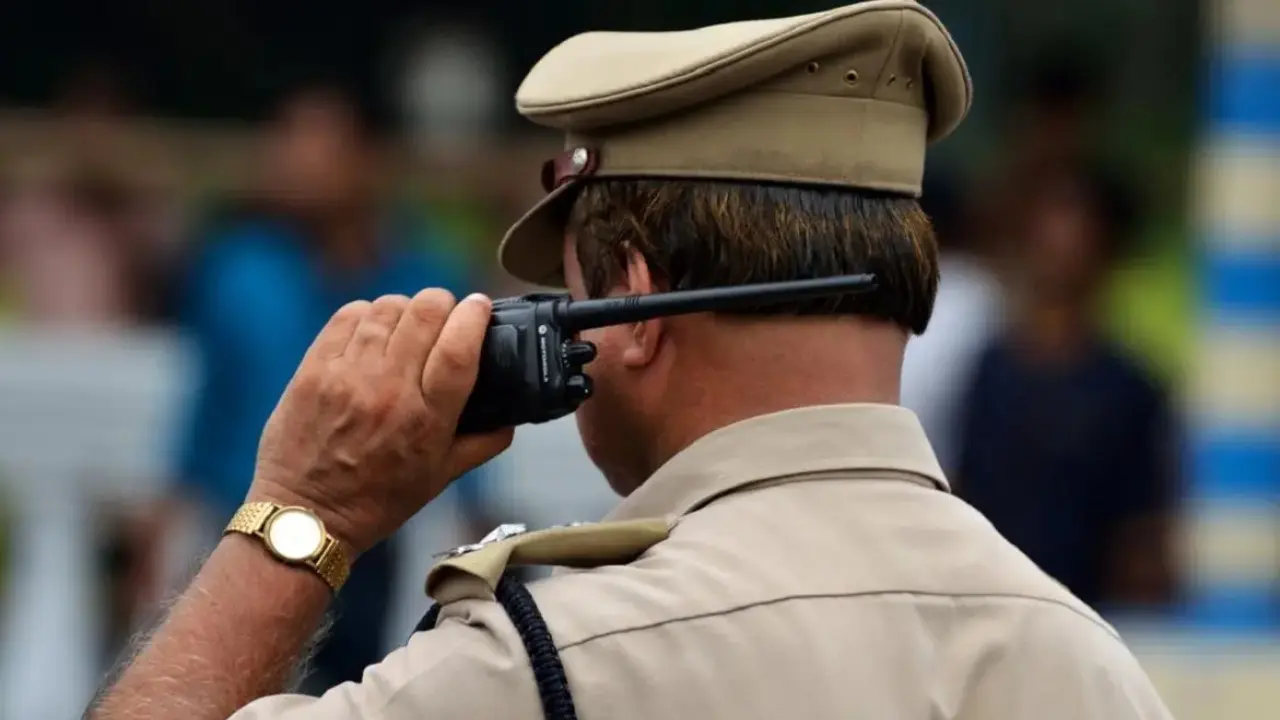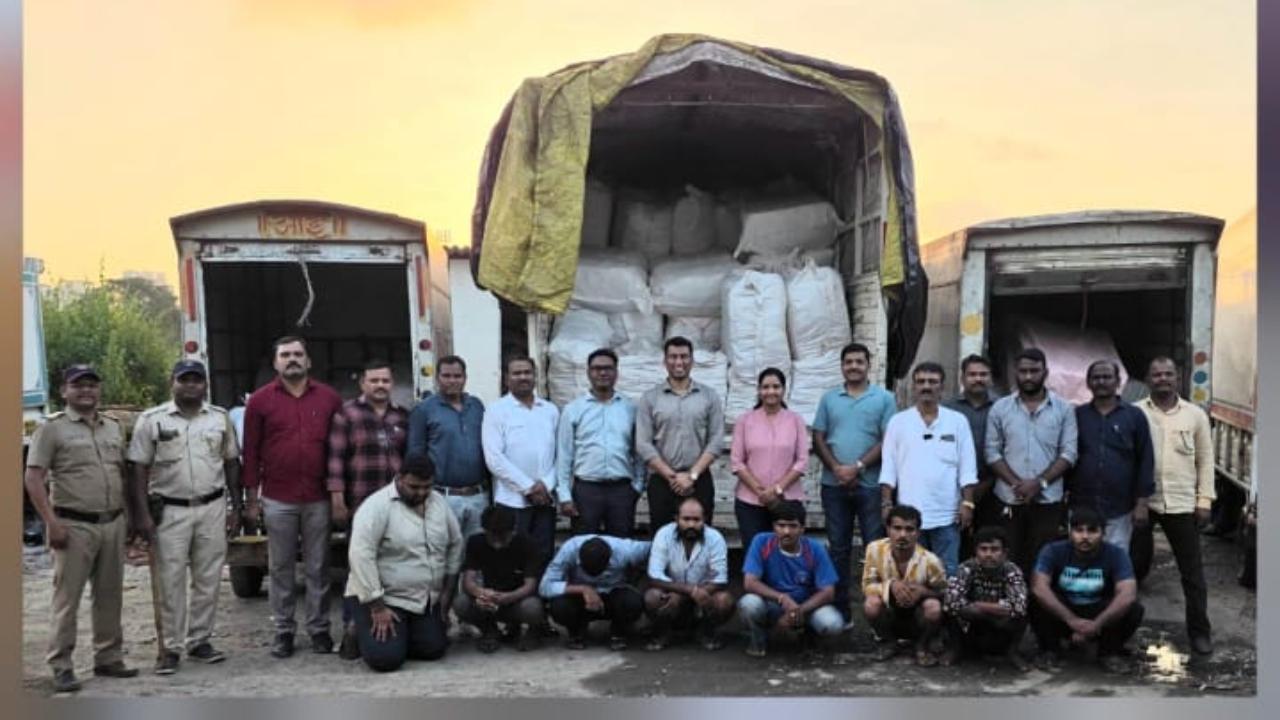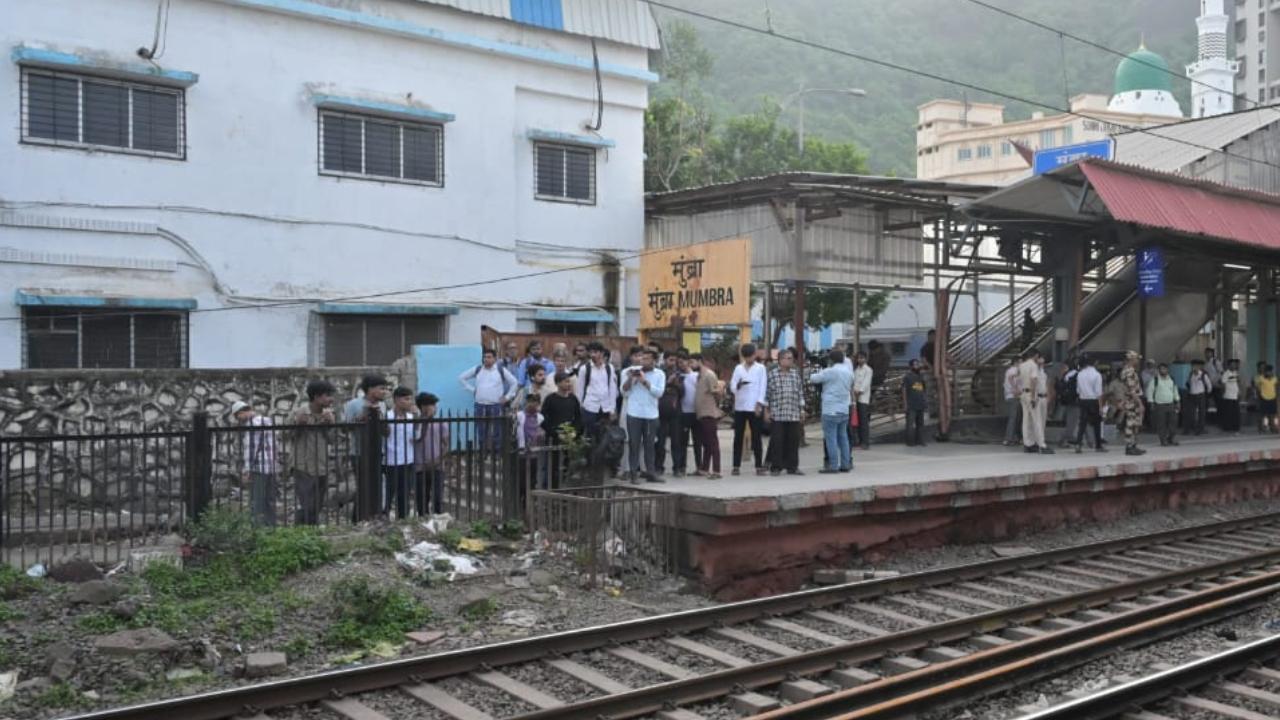Replying to mid-day’s queries about traffic woes witnessed on the SCLR extension, an MMRDA engineer responsible for the project (who does not wish to be named) hailed the project as an example of adaptive and collaborative planning and stated that infrastructure must not only be built but also be adaptive to the city’s traffic realities.
Was a detailed traffic impact assessment (TIA) conducted before finalising the design and landing alignment of the connector? If yes, can it be made public?
Every major project undertaken by the MMRDA is grounded in detailed traffic impact assessments, and the SCLR connector was no exception. Before finalising the alignment, MMRDA worked closely with the traffic police department, including multiple on-site inspections. During these joint evaluations, it was observed that the Vakola junction was already heavily congested. A conventional pillar-supported bridge would have worsened this bottleneck. Therefore, the MMRDA adopted an innovative solution — for the first time in South Asia, a sharp 100-metre radius curve cable-stayed bridge supported on a Y-pylon was designed. This engineering choice eliminated the need for large ground-level supports and ensured smoother traffic dispersal. On the traffic police’s recommendation, the alignment was extended to Panbai International School. This reflects MMRDA’s core philosophy: infrastructure must not only be built but also be adaptive to traffic realities.
Were alternative landing alignments or dispersal plans evaluated to better handle vehicle inflow?
Yes, multiple alternatives were evaluated jointly with the traffic police. The initial proposal to merge at Vakola was set aside because of the junction’s congestion risk. After detailed inspections with the traffic police, it was agreed that the landing should extend up to Panbai International School. At the same time, MMRDA innovated the design by creating Asia’s first 100-metre radius cable-stayed curve bridge on a Y-pylon, avoiding additional ground-level obstructions at Vakola. This combination of technical innovation and collaborative planning ensured that the design optimised vehicle dispersal on WEH.
Why was there no apparent coordination between MMRDA and BMC to improve local road infrastructure near landing point on WEH?
In reality, coordination has been very close from the beginning. To complement the connector, the BMC is widening the Agripada pedestrian subway and adding one more lane, increasing the WEH’s capacity from four lanes to five at that stretch. Additionally, the two-lane service road is being converted into a one-way to ease dispersal. These measures were planned after joint site visits involving the traffic police, BMC, and MMRDA. The bridge design itself — a Y-pylon cable-stayed structure eliminating a massive pillar at Vakola — was also finalised in consultation with the traffic police to reduce congestion. This shows that the project is the result of inter-agency planning, not afterthoughts.
What is the projected vehicle capacity of the SCLR connector versus the existing capacity of the WEH at the junction or near landing of the connector? Was the mismatch not flagged earlier?
Surveys project around 41,000-plus vehicles daily using this stretch. The existing configuration provides five lanes — three on the Vakola bridge and two on the SCLR. Currently, the merging stretch accommodates four lanes, but with BMC’s widening to five lanes, the network will be synchronised.
It is also important to note that this project involved several challenges, such as defence land being handed over in March 2025. Also resolving utility and Metro Line-3 conflicts at Hansbhugra junction, and managing encroachments. These challenges were systematically addressed, and the connector has now been delivered with long-term efficiency in mind.
Has any post-construction audit or study been initiated to assess real-time congestion caused by the connector? If not, why?
Yes. From the very first day of operations, the traffic police and MMRDA have been jointly monitoring live traffic flows. The ongoing widening works by BMC are themselves a result of these early observations. The very design choice of adopting a cable-stayed Y-pylon bridge at Vakola was made precisely to mitigate congestion. MMRDA believes infrastructure must remain dynamic, and adaptive planning is central to ensuring smooth operations.
Are there any immediate plans for flyover, underpasses, or road-widening at the exit to handle the surge in vehicles?
Yes. Immediate measures are already in progress. The WEH is being widened from four to five lanes at Agripada, while the service road is being converted into a one-way. These steps, combined with the innovative curved cable-stayed design at Vakola, ensure smoother dispersal. Importantly, these are proactive measures, not reactive fixes.
How is MMRDA planning to ensure that future infrastructure projects avoid similar execution gaps?
The MMRDA does not view this as an “execution gap” but as an example of adaptive and collaborative planning. The decision to use a Y-pylon 100-metre radius curve bridge was itself a response to inputs from the traffic police about congestion at Vakola. For the future, MMRDA is strengthening inter-agency coordination and embedding real-time monitoring into project delivery. The goal is to evolve infrastructure dynamically with the city.











